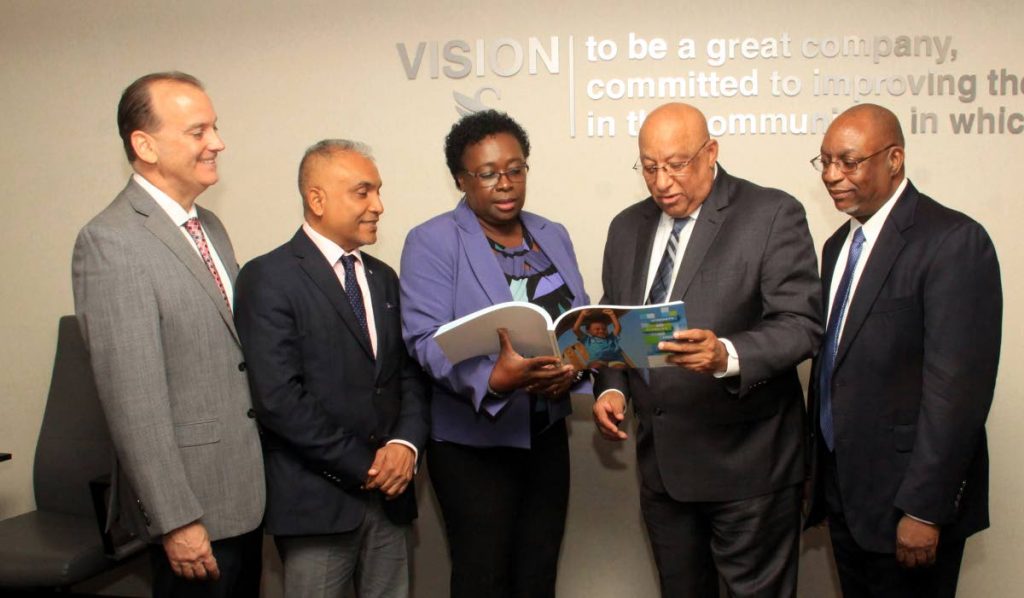Sagicor exec: C’bean one of least insured regions in world

THE hurricanes that battered the eastern Caribbean last year were devastating, but even more so was the level of under- or uninsured assets throughout the region, Sagicor Group’s chief operating officer for the Southern Caribbean Ravi Rambarran has said.
“People don’t insure, then look to the government to pick up the shortfall. That creates an unexpected shock to already strained fiscal positions,” Rambarran told reporters during Sagicor’s financial briefing for 2017 and the first quarter of 2018 yesterday at its Queen’s Park West offices.
In the same way there is compulsory car insurance, he said, there should be compulsory property insurance. “The loss of a car is far less than the loss of a house.”
The 2018 Atlantic hurricane season officially began on June 1. Last year, Hurricanes Irma and Maria lashed the Eastern Caribbean and Southern United States within a week of each other, leaving behind nearly US$157 billion in damage and causing near-total destruction in Dominica and Barbuda.
“The Caribbean still remains one of the most underinsured markets. Normally you look at insurance penetration as premiums relative to gross domestic product (GDP), and every country in the Caribbean remains below international benchmarks,” Ramberran said.
The Caribbean also remains one of the most under-pensioned regions in the world relative to international benchmarks for pensions and annuities, he said.
At the same time national insurance funds and social security schemes are under pressure, so governments will need to recognise that problem, perhaps shifting the burden of provision to the private sector. For an insurance company, there is vast potential.
“There still remain significant untapped sources of growth within our home markets and that is reflected in the fact that in the Caribbean there is still top-line growth— we are still meeting our targets,” he said. Despite a challenging regional market, with low to negative growth among islands, as well as unsustainable deficits and debts, tax hikes, cuts in public spending, rising unemployment and crime, and reduced foreign currency cash flows, Sagicor still managed to post its most successful year since 2008.
The group’s net income rose to US$115 million in 2017, from US$109 million in 2016. The company also managed to hold steady in its credit ratings, with a BB-, Stable from Standard and Poor’s, and A- Excellent from AM Best.
“We view Sagicor as being strong. Our growth is on a platform of quality assets, low capital, high-quality ratios and so to the extent that our competitors struggle in tough times, it simply means we become the recipients of their downfalls and you can see that in the portfolios we’ve acquired over the years,” Rambarran said.


Comments
"Sagicor exec: C’bean one of least insured regions in world"